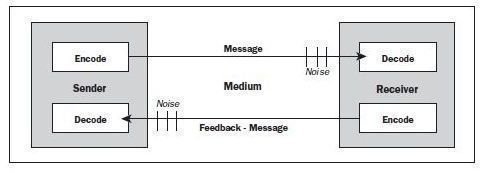Learn How to Assess a Communication Plan: Key Elements for Keeping Everyone in the Loop
Look to the PMBOK
The 4th Edition of the Project Management Body of Knowledge, or PMBOK, states of a communication plan, that it “…determines the information needs of the project stakeholders.” Three words pop out right here when learning how to assess a communication plan—project, information, and stakeholders.
For a communication plan to be effective, of course it must be accessible to every stakeholder. But, what about after you’ve performed a stakeholder analysis matrix and have determined both the influence and the importance of each stakeholder, does that change your communication plan?
Answering this question on stakeholder importance and input often means the success or failure of a great communication plan.
Assessing the Plan
Of course your communication is an element of your project plan and must be planned carefully in order for it to impact recipients and users. If you need to learn how to assess a communication plan, ask yourself, “Does or can my plan do the following?”
Types of Communication – Does it list the various types of communication you will implement in the project? It should be detailed and include how each stakeholder will receive communication and in what form.

Frequency – It should also spell out the frequency of communication and follow the PMBOK Communication Model as seen in the screenshot to the right.
Importance – Does your communication plan list levels of importance as far as low, mid or top priority?
Sending & Receiving – Your plan should outline who communications will initiate from, on what level and how receivers will receive communications, and how they should respond.
Method – Will communication be via e-mails, memos, or a centralized collaboration plan?
Plan Monitoring – Who will be responsible for monitoring the plan including cost constraints?
Secure Communications – Does your plan include an option for communicating information of a sensitive nature to the appropriate parties?
Change Controls – You plan should also include ways that types of communication may change and what to do if the project necessitates changes in communicating.
Communication Policy – What will and what will not be acceptable forms of communications and who do stakeholders turn to if communication goes awry?
Exhibits – Finally, your communication plan should include important elements of the project plan where communicating is essential. These can be set meeting dates, project status reporting, the project scope and project charter, etc.
Final Elements
Using the processes above will help you learn how to assess your communication plan. Keep in mind that a communication plan can be very large or quite small depending on the size of the project, but no communication plan often presents failures.
If you’re new to project management and you’re about to tackle your first communication plan, often more information is better than less. While you don’t want to overwhelm, you do want to have an accessible plan that offers up prudent information and a place where your stakeholders can find the answer they seek.
References
PMBOK 4th Edition (PMI) Project Communications Management (pp. 252-257).
Image Credits:
Screenshots of PMBOK Communication Flowchart and PMBOK Communication Plan Model courtesy of author’s personal edition of the PMBOK 4th Edition.
